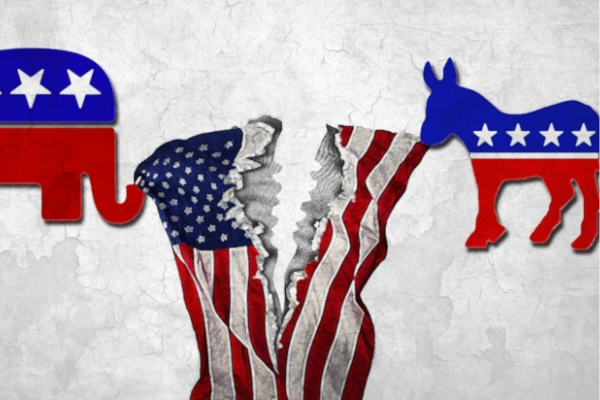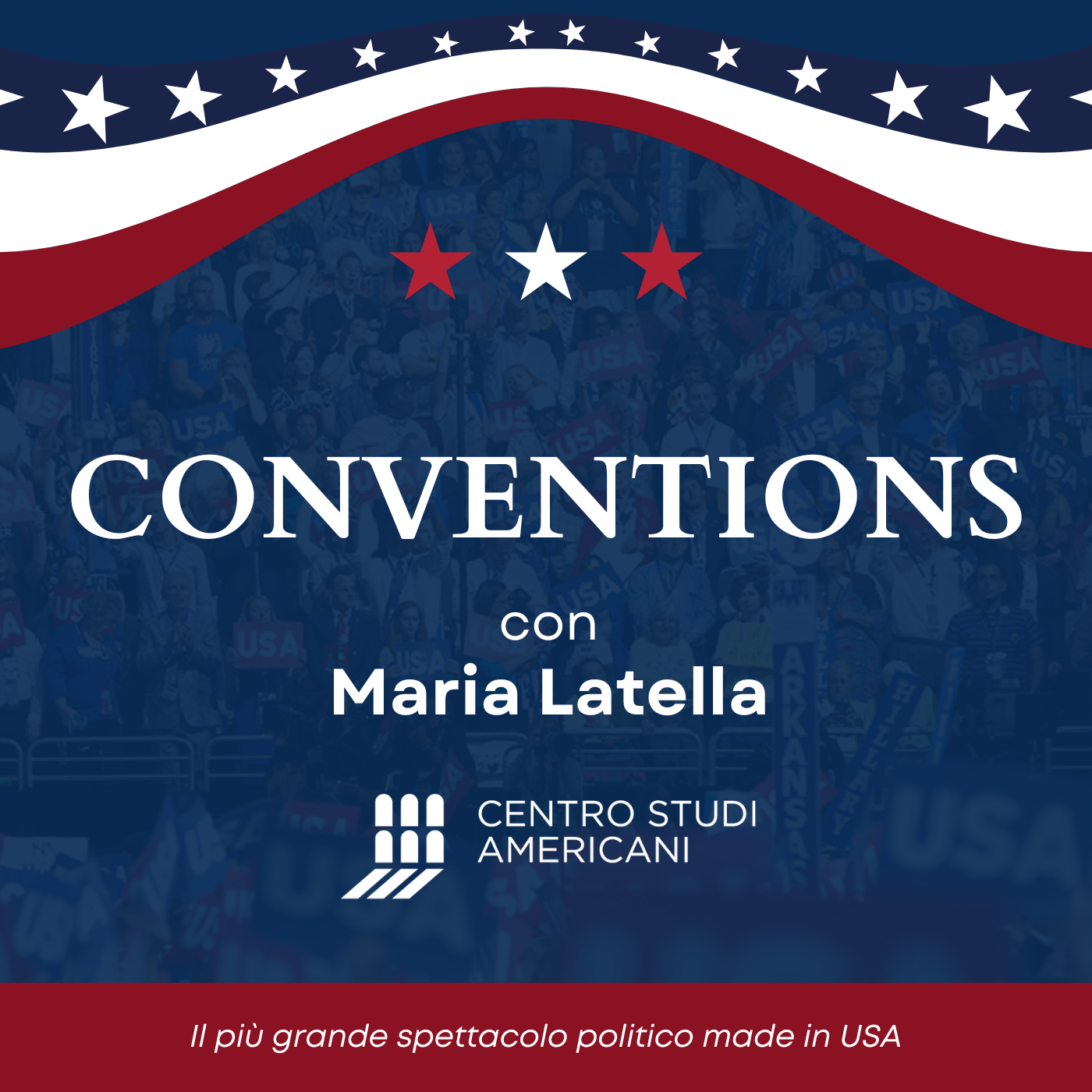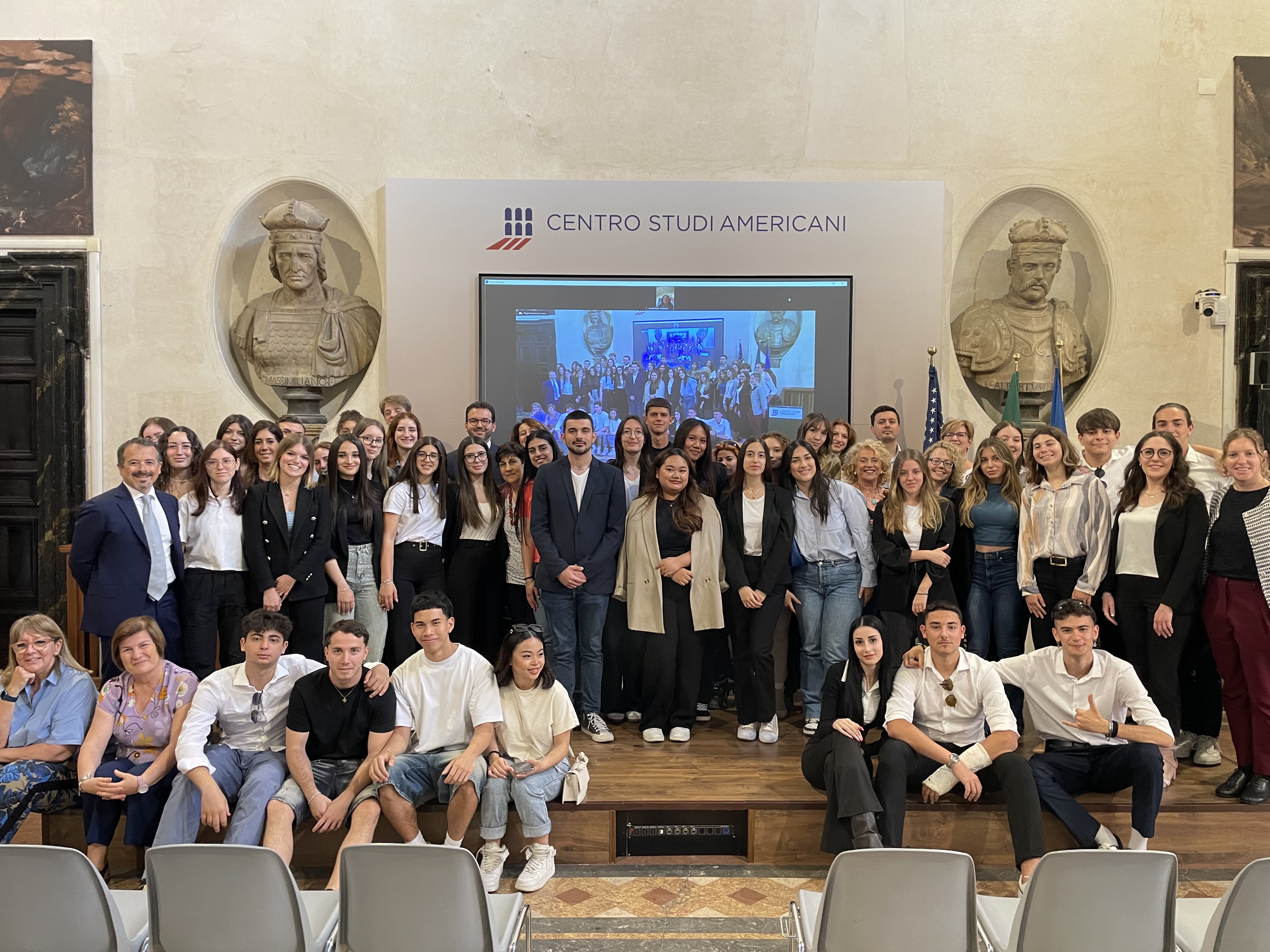The Road to Presidency
It is an understatement to state the United States electoral process is complicated. The fact that most natives do not understand fully the process shows the inexplicable complexity. To become the leader of a nation is pivotal, not only for that country but for international relations as well. Therefore, the process to become president is extensive and complicated to insure a dependable leader. The president of the United States before being able to be considered a candidate in the running has to fit certain qualifications. Numerous people grow with the hopes of being President one day, but it can be an implausible idea when it comes to the qualifications.
Step 1: Qualifications
The United States is considered a melting pot of numerous cultures, where there is not one particular cultural identity. However, one particular and inevitable qualification to become president is a candidate has to be born in the United States.This includes the United States territories such as Puerto Rico, Guam, District of Columbia, and the U.S Virgin Islands. A candidate must have resided in the United States for at least 14 years and be at least 35 years of age. Simple, yet this already extinguishes the hope of countless Americans that can never run for the presidency.
Step 2: Parties (Primaries and Caucus)
Before getting into the primaries and how candidates are elected first I will explain what parties are involved. The United States has two main political parties the Democratic and Republican party from which the main debates consist of. However, there are other minor American parties from which the public can join and vote from: the Libertarian, Green, and the Constitution party.
Before the general election, several candidates have to go through a series of state primaries and caucuses. Caucuses and primaries run differently, but ultimately serve the same purpose, to choose the major political nominees for the general election. State primaries are run by the local governments through a process of secret votes.
While caucuses are more private and are run by the political parties, they divide into groups of the candidates the people support. Primaries and caucuses alike can be open, closed, or a combination of both.When both primary or caucus are open, voters cast their ballots for a candidate of any political party. If a primary or caucus is closed, then only voters registered with that party can participate or vote. Lastly if both are semi-open and semi-closed primaries and caucuses vary from the two main types.
Step 3: Super Tuesday
An important date to take into account is what is known as Super Tuesday. Super Tuesday, which is usually held in March or February of the election year is one of the most important Tuesdays in the Ameican political process. It is the day when 14 states and territories cast their ballots on who should become the Republican or Democrat nominee. No other date sees more primaries being held across the U.S for the party’s prospective candidates, which makes it such a pivotal day.
Step 4: National Convention
When the primaries and caucuses are over is when political parties have a national convention. Here is where the winning candidates will be nominated and move to the next round. In order for this to happen the candidate must win the majority, which usually happens in the primaries or caucus and is simply confirmed through the delegates. However, if no candidate receives a majority of votes in the primaries or caucuses, delegates in the convention choose a candidate. Within the people who make up the delegates exists two types of delegates: pledged and unpledged. Pledged delegates are bound to the candidate that was awarded through the primaries and caucus process. The other type of delegate is the the unpledged delegates, which can support any presidential candidate they choose.
Step 5: Electoral College
The Electoral college is considered one of the more difficult concepts to comprehend when discussing the electoral process. In comparison to other U.S elections people vote officials based on popular vote. However, the president and vice president are not elected directly by the citizens, but by electors. Each state gets a electors based on the members the state has in Congress, including Washington D.C.’s three electors, accounts for 538 electors in total. Do the citizens have input on the election then? No. After a voter cast his/her vote, it is recorded as a percentage and the party with the most votes get all the electors for that particular state. Then, the candidate needs the vote of at least 270 electors in order to win the presidential election. This leaves room for candidates to win the electors, without the popular vote. Which is the case of the previous U.S election.
Step 6: Presidency
Once the president elect wins the vote of at least 270 electors, he/she and his or her vice president elect are presidents. However, the president elect and vice president elect are not sworn in until January 20. This means both presidential winners must wait since their win in November until January to take office.
The right to elect the future President is still pivotal to the future of the country and international relations today. It affects the economy, relations, rights, and potentially changes the structure of the nation. Many Americans do not exercise their vote because they misunderstand the system and believe it will not affect the outcome. Throughout history, several groups were not able to vote, until those groups held suffrage movements. Being a first generation American women, if I do not vote I would be disrespecting the important figures in history who fought for my and several others like me to vote. I will be voting this November 3, because exercising my freedom to voice my opinion is a key factor that makes up America: freedom of speech.
Evangelina Gutierrez










